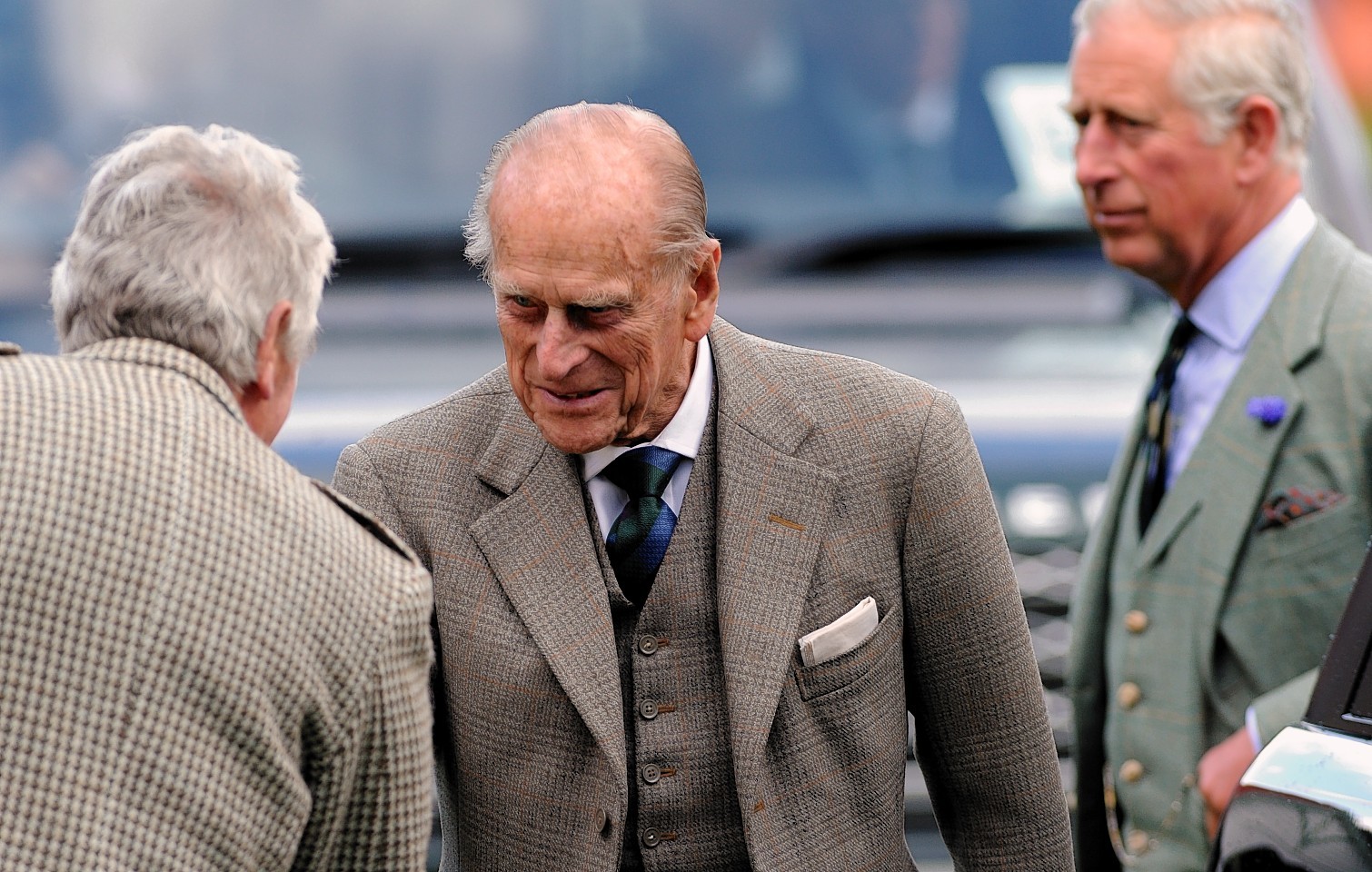The Duke of Edinburgh will not attend commemorations marking the Battle of Jutland in Orkney today following medical advice.
Descendants of sailors who served in the battle 100 years ago will today join David Cameron and the German president for special services in Kirkwall and Hoy.
Prince Philip, 94, had been due to attend along with the Princes Royal, but following medical advice will no longer make the trip.
A spokeswoman for Buckingham Palace said: “Following doctor’s advice, the Duke of Edinburgh has reluctantly decided not to attend the commemorations marking the Battle of Jutland tomorrow in Kirkwall and Hoy.
“The Princess Royal, who was already attending the events, will represent the Royal Family.”
It is understood the duke has no plans to cancel any other forthcoming engagements, and has not attended hospital.
A service is being held at St Magnus in Kirkwall, which is currently adorned with ceramic poppies cascading from the Weeping Window.
It will feature the premier of The Golden Solstice, a piece by the late composer Sir Peter Maxwell Davies, commissioned especially for the occasion.
There will also be a remembrance service in the North Sea at Jutland Bank where a German navy frigate will join a British ship to scatter poppies and forget-me-nots, the German flower of remembrance.
Regarded as the only full-scale clash of battleships in World War I, the encounter between the British Grand Fleet and German High Seas Fleet took place about 80 miles west of Denmark on May 31 and June 1 1916, lasting 36 hours.
More than 100,000 sailors on 250 warships – 151 British and 99 German – were involved. By the time the battle was over the Royal Navy had lost 14 ships, including three battle-cruisers which blew up.
The Germans lost 11 vessels, but just a single capital ship.
More than 8,500 souls lost their lives – some 6,000 British sailors and 2,500 Germans.
Many of those who died have no grave except the sea.
But the Royal Naval Cemetery at Lyness on Hoy, cared for by the Commonwealth War Graves Commission (CWGC), is the final resting place for some 450 service personnel who died during WWI, including sailors lost at Jutland.
Today, a wreath will be laid there at the Cross of Sacrifice, accompanied by other acts of remembrance.
